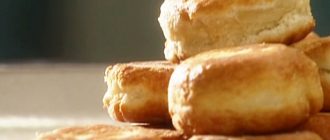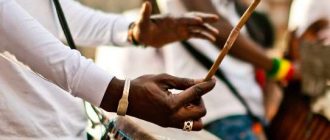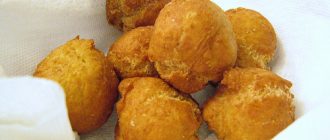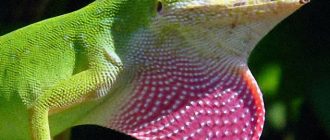Known in Jamaica as the yellow snake, the Jamaican boa is an indigenous species found throughout the island of Jamaica. To learn more about the Jamaican Boa constrictor read our guide for more facts & information…
It is a non venomous snake which reaches and adult size of just over 6 feet. The Jamaican boa snake is considered an endangered species from both destruction of habitat and from being killed by humans who mistakenly believe it is venomous.
Description of Jamaican Boa Snake
The Jamaican boa is golden yellow to orange around the head and front part of the body, with irregular bands of black growing closer together toward the back of the snake. The top of the head may be olive green and it has black stripes that extend back from the eyes. While in South American boa species, the female is considerably larger than the male, the Jamaican boa males are larger than females. Gestation for eggs is six to seven months, and the females retain the eggs in their bodies giving birth to live young. The yellow snake is more closely related to the African and South Asian python than it is to the South American boa constrictor.
Habitat and Prey
Most native species of boa are found in South and Central America, although some have been transported to areas of the Caribbean where they have taken up residence. This is not true of the Jamaican boa which is native to the island of Jamaica and is not an imported species. Although the boa prefers the limestone forests as habitat, it also ranges in the sugar cane fields. The boa is arboreal and feeds primarily on birds, bats and rodents, but it will hunt on the ground and may eat frogs and lizards.
It is a constrictor and immobilizes or kills it’s prey by squeezing it in its powerful coils and then, like most snakes, swallows it whole.
The Jamaican Boa Snake Is Facing Extinction
The decline in the population of the Jamaican boa snake has been going on for centuries. It began in the early 1700s when the Europeans colonized the island and introduced non native species like pigs, mongoose and domestic cats which preyed on the snakes. The destruction of the snake’s natural habitat to make way for farms and bauxite mines have further depleted the population and natives mistakenly believe the snake is venomous and attack and kill any snakes they find. The Jamaican boa is listed as a vulnerable species and unless steps are taken to protect the snake, it is estimated that it will be extinct in about 100 years.
Contrary to the belief of the natives, the snake is not only non venomous, it is actually beneficial to farmers since it preys on rats and other rodents which eat sugar cane, one of the staple crops of Jamaica. In fact there are no species of venomous snake on the island of Jamaica, just the yellow snake and the grass snake which are harmless to humans.





